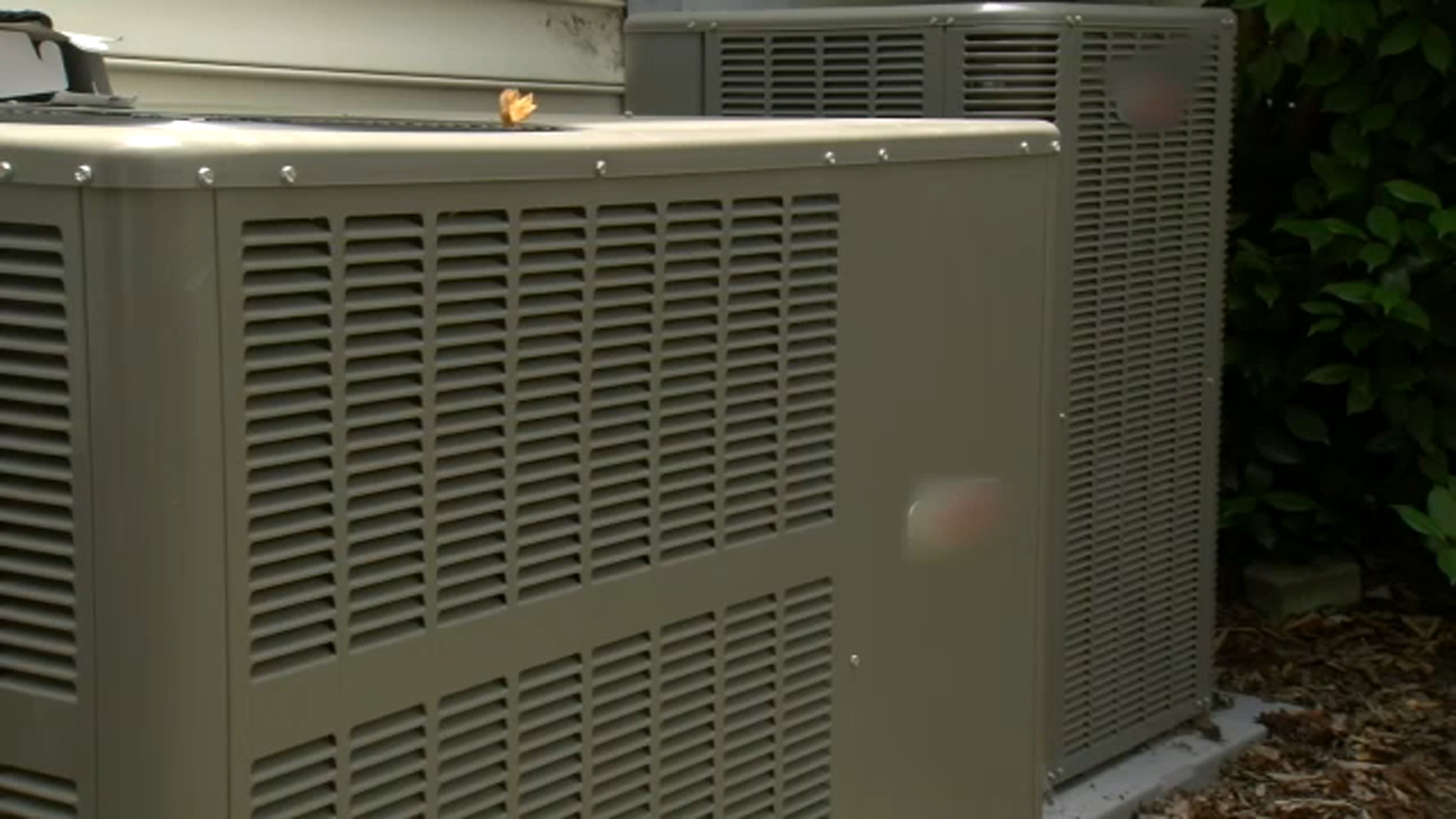NTSB report reveals new details about deadly Brooklyn Bridge sailboat collision
NEW YORK CITY -- Federal investigators released new details Monday about the sailing vessel that struck the Brooklyn Bridge last month, revealing the Mexican Navy tall ship was moving backward at more than 6 mph when it collided with the famous landmark.
The May 18 crash of the Mexican navy sailboat Cuauhtémoc, which had 277 people aboard, killed two people and injured more than a dozen others in a dramatic scene along the New York City waterfront.
While the National Transportation Safety Board (NTSB) has not yet determined the cause of the collision, the agency's preliminary report sheds new light on the events leading up to it. A final report could take more than a year to complete.
Among the news details in the report: Investigators examining the ship after the incident found damage, including scraped paint on the ship's left side and a bent rudder that was turned sideways. The report also stated that local harbor pilots helping maneuver the ship gave commands in English that were translated into Spanish for the ship's crew. The report does not draw any conclusions about the new information or whether it contributed to the crash.
About an hour and half before the collision, a sea pilot boarded the 297-foot-long training ship about 7:02 p.m., followed by a local harbor pilot at 7:45 p.m. The ship's captain told the pilots that "the propulsion and steering systems were in good order, and there were no deficiencies," according to the report.
The situation began to unfold after the ship was untied from the dock at 8:16 p.m. Three minutes later, the tugboat Charles D. McAllister assisted the Cuauhtémoc off the pier. The docking pilot ordered the ship to move backward.
These commands were acknowledged by the captain, then translated into Spanish and relayed to another crew member on a lower deck. This crew member then gave those orders to crew members in the navigation bridge, where commands were inputted.
Between 8:20 p.m. and 8:22 p.m., the ship moved backward and away from Pier 17. Once the ship was clear, the docking pilot gave a stop command and then ordered the ship to move forward very slowly.
As a tugboat pushed against the front right side of the ship, the back of the vessel began to swing toward the Brooklyn Bridge. The tugboat, following orders from the docking pilot, stopped pushing, backed away and tried to move toward the back of the ship.
In the final minute before impact, between 8:23 p.m. and 8:24 p.m., the ship's backward speed nearly doubled. When the ship hit the bridge, it was moving backward at 5.9 knots, which is more than 6 mph.
The two people who died in the crash were members of the Mexican Navy.
Previously, local authorities said the ship lost power and mechanical function before the crash.
Numerous cellphone videos from nearby onlookers captured the moment the ship's masts, decorated with lights, collided with the bottom of the Brooklyn Bridge. Members of the ship's crew were seen dangling from the masts after the collision.
New York authorities said the bridge did not sustain any serious damage in the collision.







